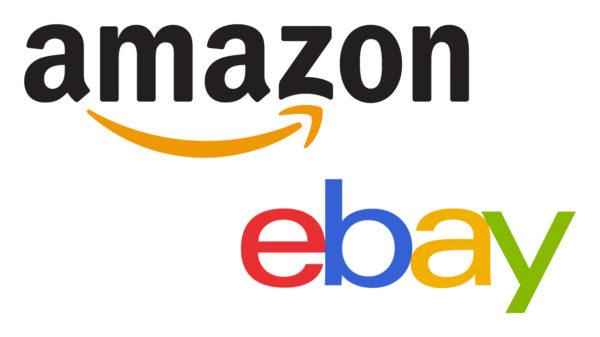
The reaction to Amazon’s foray into the m.i. business reminds us of an old Woody Allen routine. In it, a distraught man says to his friend, “My brother thinks he’s a chicken.” The friend asks, “Have you taken him to a doctor?” The reply comes, “We would, but we need the eggs.” Retailers tell us that Amazon has “fueled a race to the bottom on pricing,” “doesn’t respect MAP policies,” and “makes a mockery of dealer agreements,” and that the commission structure for third parties selling on its Marketplace makes profitability next to impossible. Suppliers add that any orderly distribution policies go out the window the minute Amazon begins handling a product, that the Amazon website provides a haven for unauthorized dealers, and that the Amazon fulfillment centers, designed to move untold millions of products a day, are not always kind to delicate instruments. When we ask, “if they’re so bad, why do you keep dealing with them?” they respond, like the guy who needs the eggs, “we need the business.”
The complaints against the online giant are not without some merit. Amazon founder Jeff Bezos has been harshly critical of all price maintenance policies, describing them as subsidies for “archaic” and “inefficient” retail models. He’s been similarly critical of dealer agreements, saying they restrict consumer choice. Unauthorized dealers do regularly list products on the Amazon “Marketplace,” and Amazon has also not been above circumventing dealer agreements by aggressively seeking out gray market or transshipped goods for resale. Given compressed industry gross margins, the 15% commission for selling goods on the Amazon website doesn’t leave much left over for the retailer. And, because of Amazon’s vast scale— $107 billion in revenue for the most recent year, and 230,000 employees—it’s not the easilest environment for a small company to navigate. Our columns have carried numerous accounts of m.i. retailers vainly struggling through the Amazon bureaucracy to settle payment disputes.
Yet, music industry retailers and suppliers grudgingly accept these conditions because of Amazon’s extraordinary ability to reach the buying public. Amazon is the fourth most trafficked website in the world, trailing only Google, YouTube, and Facebook. The 300 million active customers who regularly visit the site are drawn by an inventory that includes an estimated 50 million items. The selection is so all-encompassing, many customers (some estimates place the number as high as 45%) habitually begin their shopping process by visiting Amazon.com.
Retailers who regularly list products for sale on Amazon’s marketplace, and they number in the hundreds, including Guitar Center, Sam Ash, and Sweetwater, routinely describe the process as a “necessary evil.” The 15% commission on sales makes profitability elusive, but the millions of customers who frequent the site make it possible to quickly sell off hardto-move products and overstocked items, or quickly generate cash. The vast number of eyeballs scanning the Amazon site also raise the profile of the retailers who sell on the Marketplace. As one put it, “Selling on Amazon is as much advertising our company as it is moving products.”
Suppliers don’t like the fact that in selling to Amazon, they cede control over how their products are presented, priced, or distributed. Or the fact that Amazon is taking sales from fullservice specialized retailers who showcase their goods and support the brand. However, it’s hard to walk away from the opportunity to get in front of such a large percentage of the buying public. And, at a time when Guitar Center is scaling back its inventory under a “SKU rationalization” plan and aggressively promoting house brands, some are looking to Amazon to recoup lost volume.
In a feature in this issue, we detail how these digital players, Amazon, eBay, and Reverb, are impacting the way the industry presents products to the buying public. All three have intensified competition at the retail level simply by presenting consumers with more buying options than they ever had before. They’ve also given rise to new retail formats—stores that exist primarily by selling on these digital platforms. Some of these retailers are small in scale, but a number of them top $10 million in annual revenue.
This symbiotic relationship between a music retailer and an outside sales platform is not entirely without precedent. In the 1960s and 1970s, music retailers flocked to put stores in enclosed shopping malls, then the hottest trend in retailing. Even though mall rents were double or triple the going rate for a freestanding location, retailers concluded that enormous flow of customer traffic more than justified the cost. For a while, they were right, as mall based retailers were once among the most profitable in the industry. Similarly, today, some merchants conclude that the opportunity to reach millions of consumers on Amazon or eBay is worth the commission they charge.
These digital platforms are having a disruptive impact and adversely impacting a number of retailers. However, railing against them isn’t going to make them go away anytime soon. Amazon, eBay are just inensifying the perennieal retail challenge: how to generate sufficient added value in the mind of the buyer to justify the retail mark-up.
 Brian T. Majeski Editor,
Brian T. Majeski Editor,

